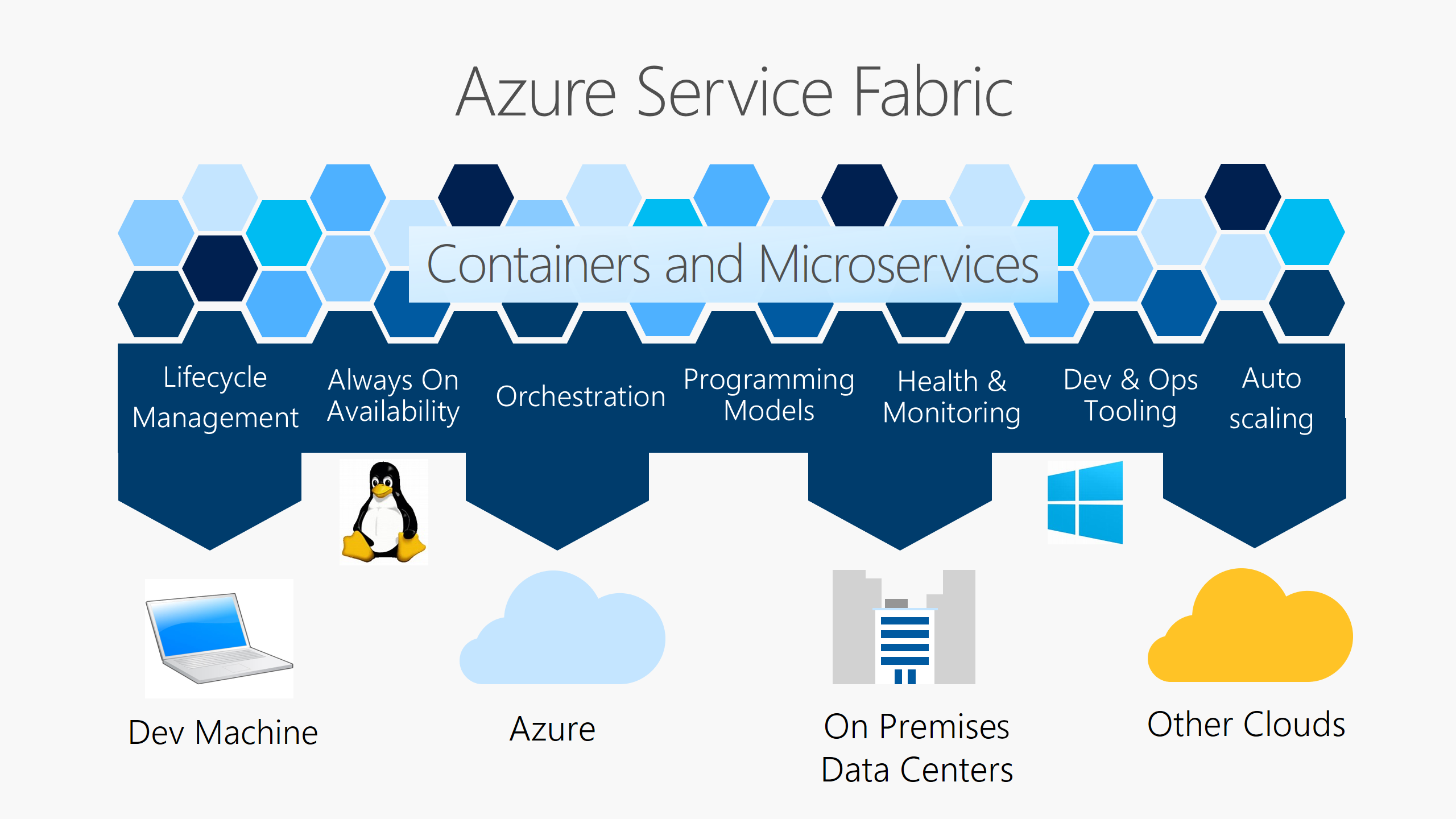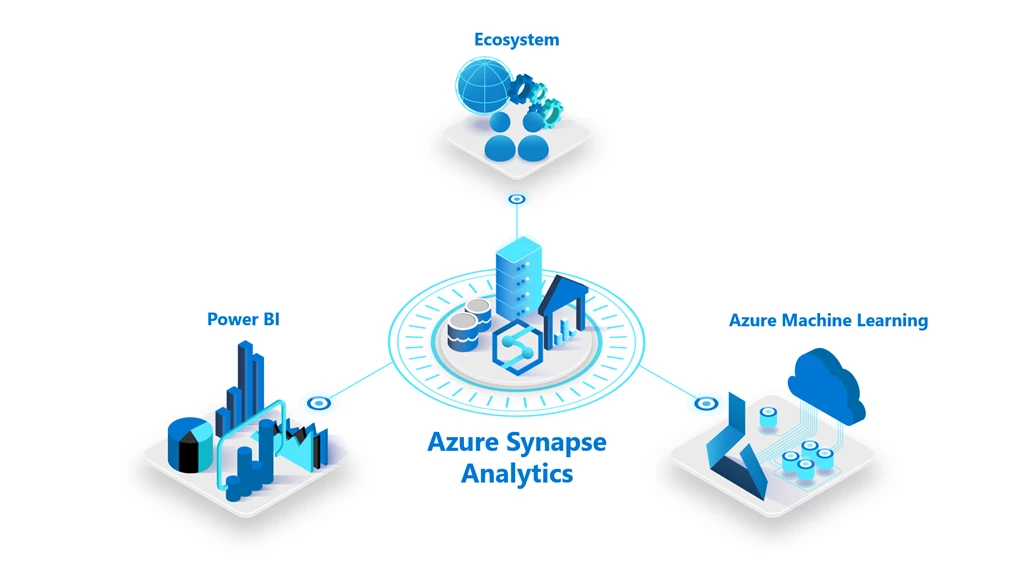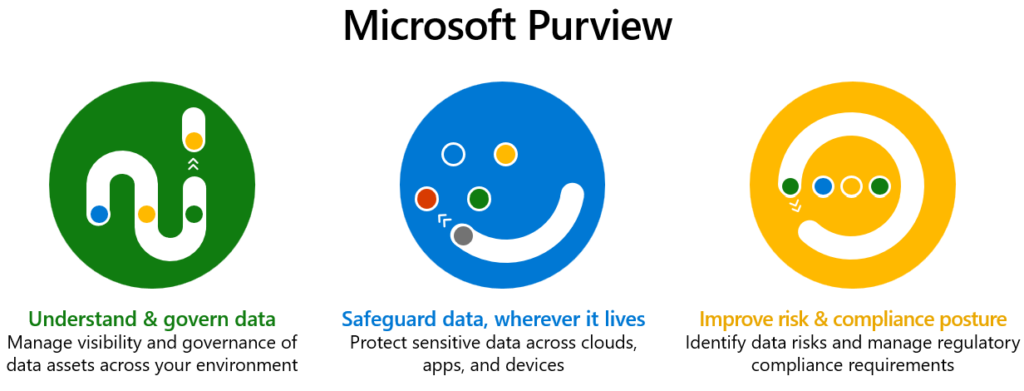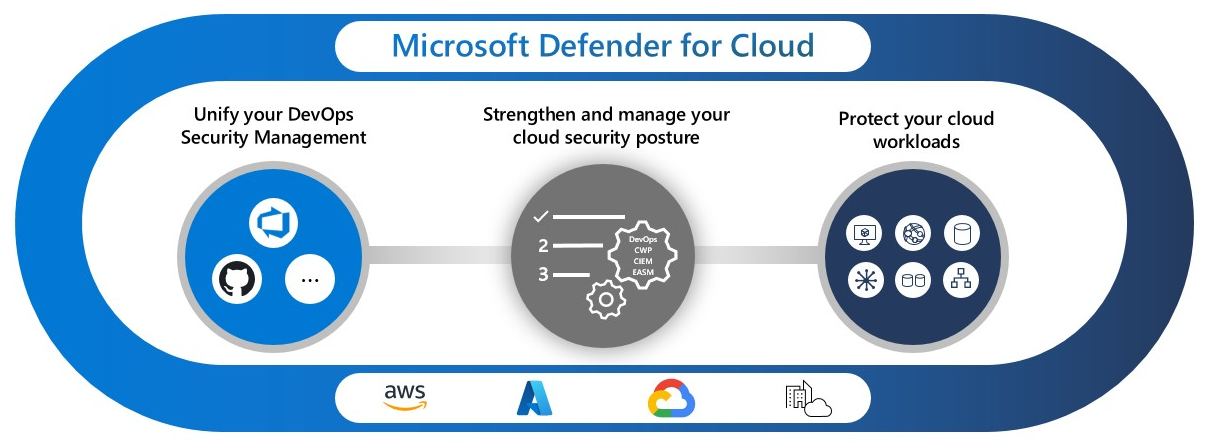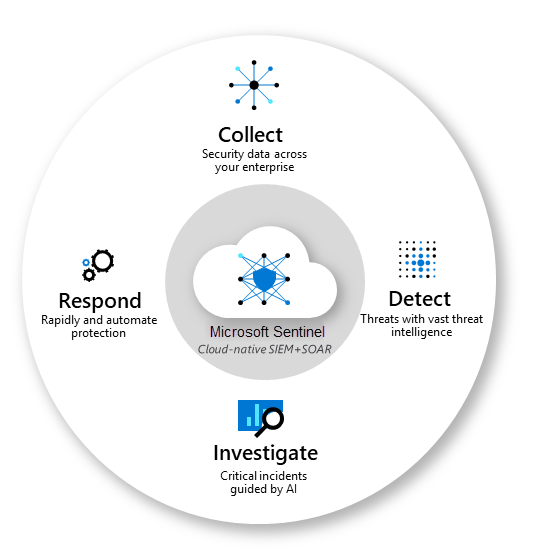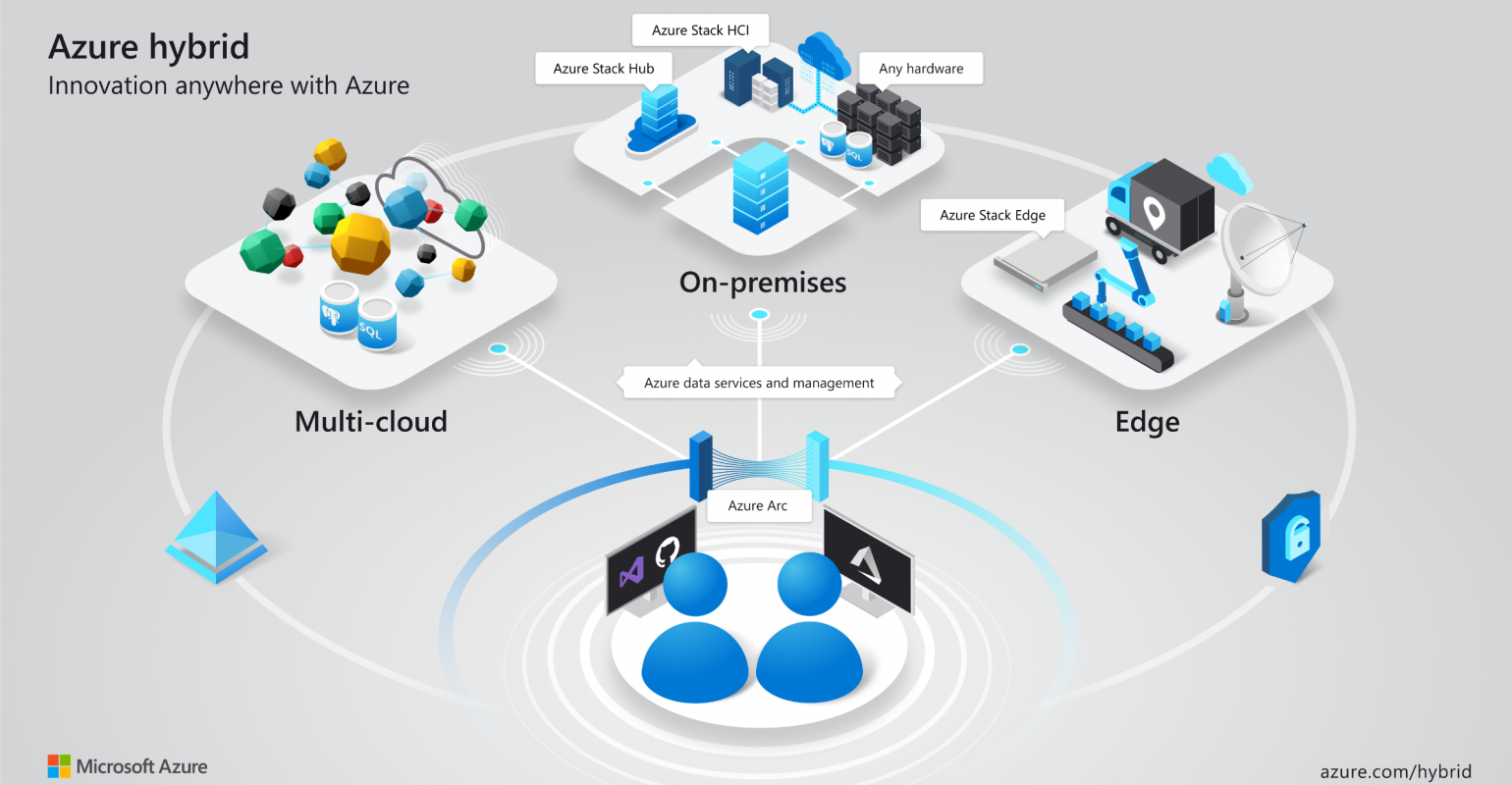Azure Service Fabric is a powerful platform designed by Microsoft to simplify the process of developing, deploying, and maintaining scalable and reliable microservices and containers. It is a critical tool for modern application development, offering a range of features tailored to support large-scale, complex applications. As businesses increasingly shift to cloud-based solutions, Azure Service Fabric emerges as a key player in facilitating this transition. It provides developers and enterprises with the infrastructure needed to create and manage scalable applications efficiently. Understanding Azure Service Fabric’s role in contemporary app development sets the stage for exploring its extensive capabilities.
Core Features of Azure Service Fabric
At the heart of Azure Service Fabric are its core features that support microservices architecture. This platform excels in scalability and reliability, crucial for today’s dynamic application needs. It enables developers to create applications that can easily scale up or down based on demand, ensuring optimal performance at all times. Additionally, Azure Service Fabric ensures high availability and reliability, reducing downtime and maintaining continuous service. These features make it an ideal choice for businesses looking for a robust platform to support their growing application requirements.
Benefits of Using Azure Service Fabric
Using Azure Service Fabric brings numerous benefits, including enhanced application performance and simplified management. The platform’s design ensures that applications run smoothly, efficiently handling large volumes of transactions and data. It also streamlines the management and maintenance of applications, reducing the workload on IT teams and freeing up resources for other critical tasks. This ease of management, combined with top-notch performance, makes Azure Service Fabric a valuable asset for any organization looking to optimize their application infrastructure.
Real-World Applications of Azure Service Fabric
Azure Service Fabric’s versatility is evident in its wide range of real-world applications across various industries. From finance to healthcare, numerous organizations leverage this platform to power their critical applications. Success stories and testimonials from these industries demonstrate the tangible benefits and improvements Azure Service Fabric brings to their operations. These case studies highlight the platform’s ability to handle diverse application needs, reinforcing its position as a leading solution in the cloud computing space.
Comparing Azure Service Fabric with Other Cloud Services
When compared to other cloud services, Azure Service Fabric stands out for its unique selling points. Its focus on microservices architecture and robust scalability options sets it apart from traditional cloud platforms. For organizations debating between different cloud services, Azure Service Fabric presents a compelling option with its specialized features and strong track record. This comparison helps businesses understand why Azure Service Fabric might be the more suitable choice for their specific application development and deployment needs.
Getting Started with Azure Service Fabric
Getting started with Azure Service Fabric is a straightforward process, but it’s important to follow best practices for deployment. The platform offers comprehensive documentation and resources to guide users through the initial setup and configuration. Adhering to these best practices ensures a smooth deployment process and optimal performance of applications. This guidance is invaluable for new users, helping them to quickly and efficiently leverage Azure Service Fabric’s full potential.
Azure Service Fabric for Developers
Developers find Azure Service Fabric especially beneficial due to its range of developer tools and SDKs. The platform is supported by a strong community and provides ample resources for troubleshooting and development support. These tools and resources empower developers to build, test, and deploy applications with greater ease and efficiency. The availability of such robust support structures makes Azure Service Fabric a preferred choice among developers for building complex, scalable applications.
Security and Compliance in Azure Service Fabric
Security and compliance are paramount in today’s digital landscape, and Azure Service Fabric delivers on both fronts. The platform includes comprehensive security features to protect applications and data. It also meets various compliance standards and certifications, ensuring that applications built on Azure Service Fabric adhere to the latest security regulations. This commitment to security and compliance gives organizations peace of mind when deploying applications on the platform.
Azure Service Fabric’s Role in IoT and Big Data
Azure Service Fabric plays a significant role in IoT and big data, providing a reliable platform for managing and analyzing vast data streams. Its integration with IoT and big data solutions enhances the capabilities of these technologies, enabling more efficient data analytics and processing. This makes Azure Service Fabric an essential tool for businesses looking to leverage IoT and big data for advanced insights and decision-making.
The Future of Azure Service Fabric
The future of Azure Service Fabric looks promising, with ongoing updates and features being added regularly. As cloud computing continues to evolve, Azure Service Fabric is expected to introduce new capabilities to meet emerging needs. Predictions for the platform’s development suggest a continued focus on scalability, security, and ease of use, keeping it at the forefront of cloud technology advancements.
Conclusion
Azure Service Fabric represents a significant advancement in cloud-based application development and management. Its ability to support scalable, reliable microservices makes it an essential tool for modern businesses. By choosing Azure Service Fabric, organizations can ensure their applications are not only high-performing but also secure and compliant with industry standards.

